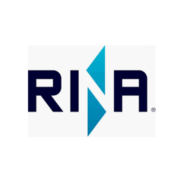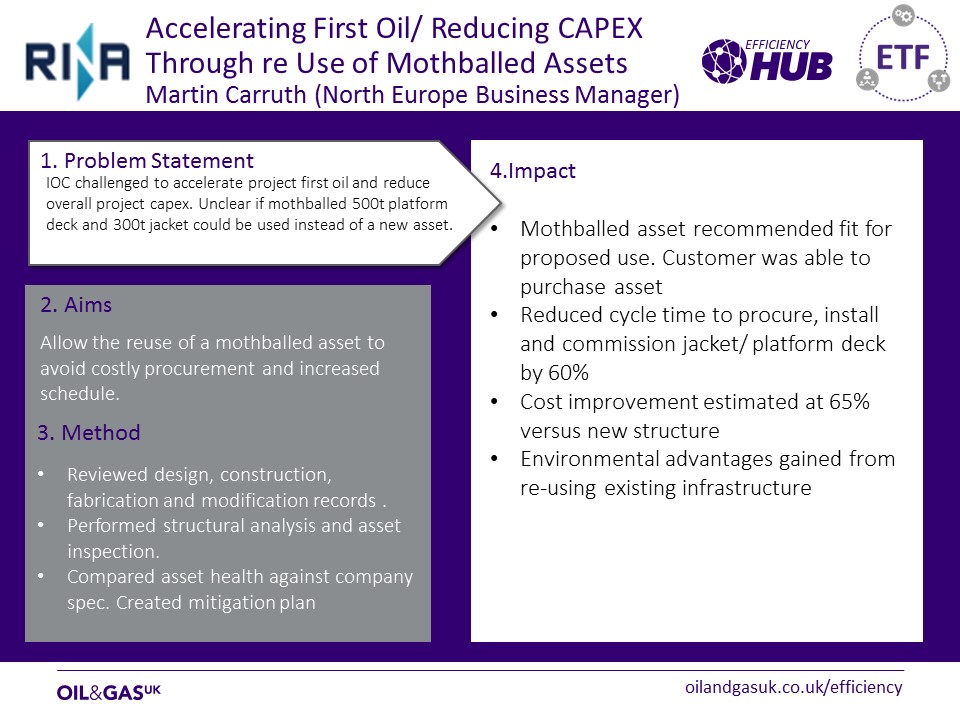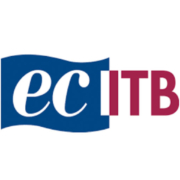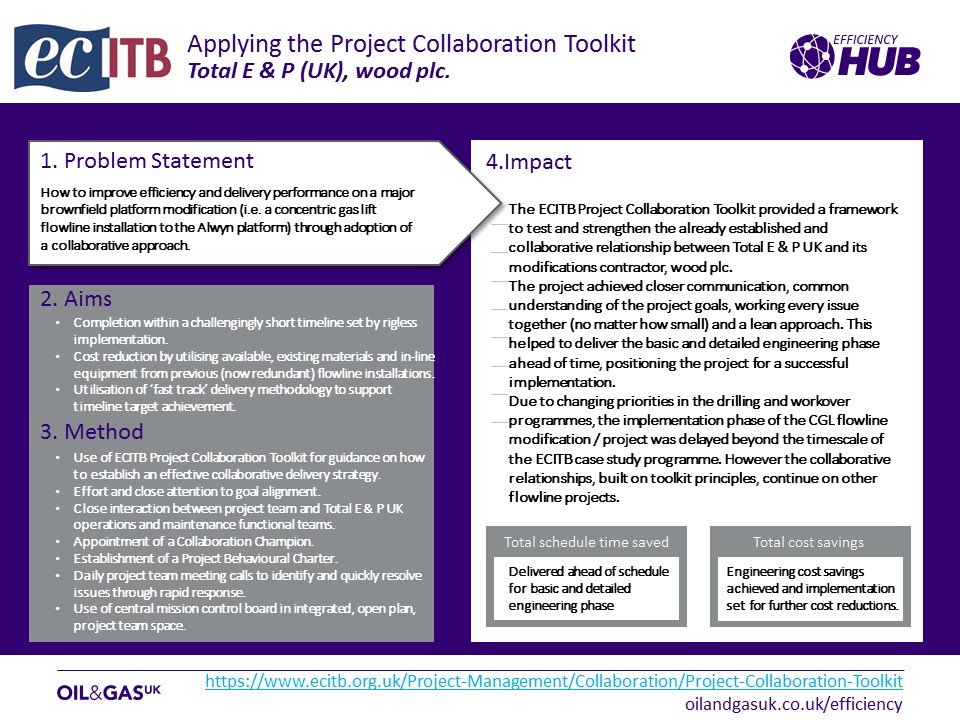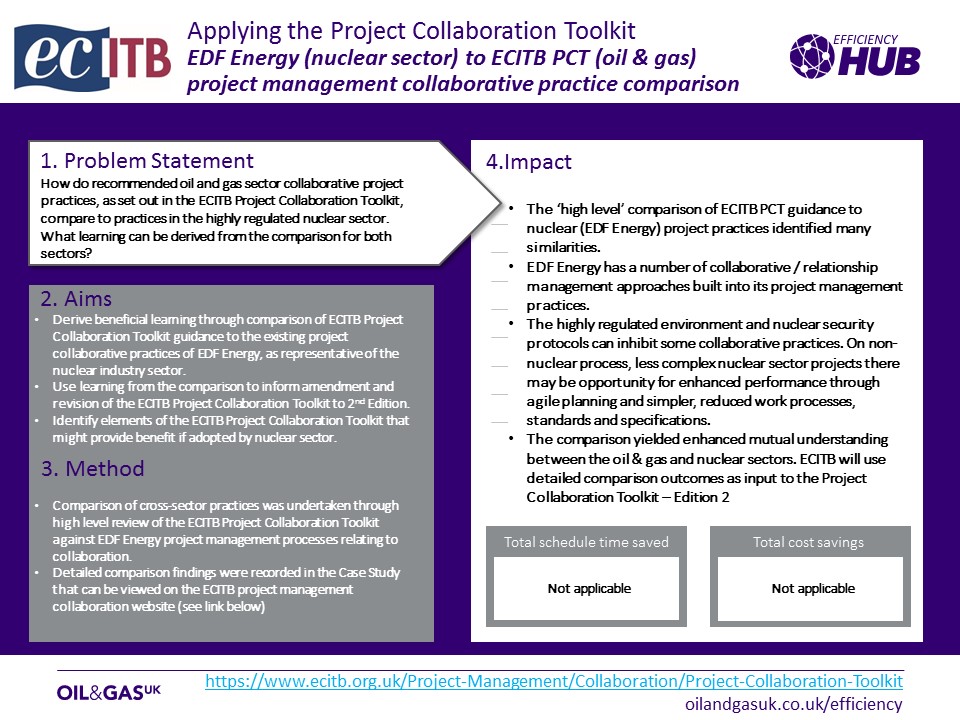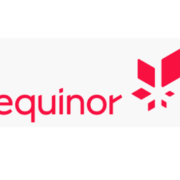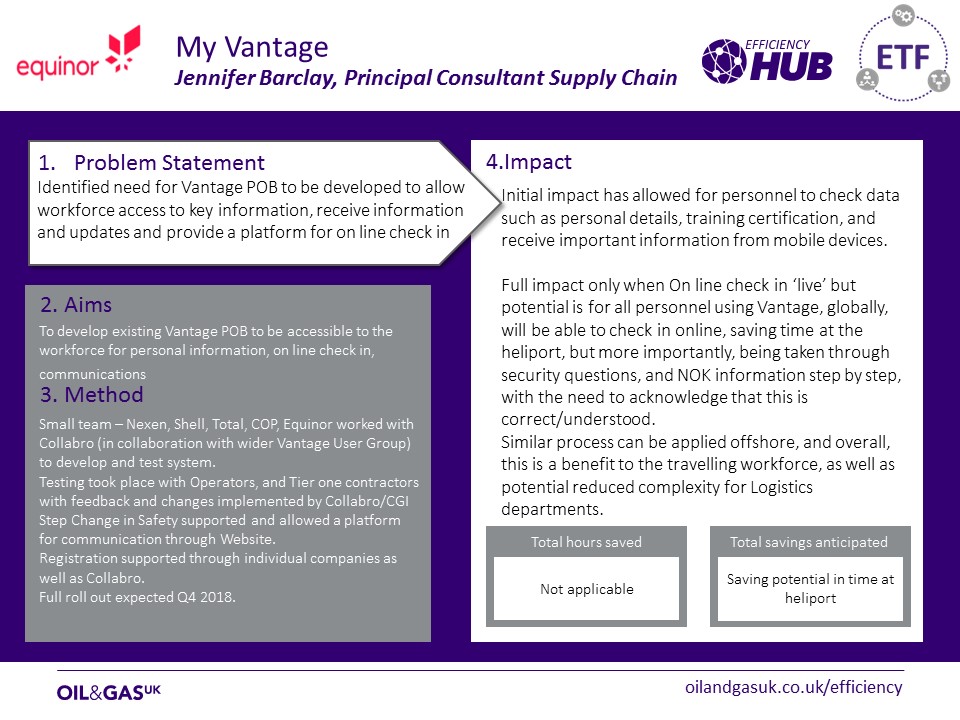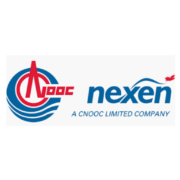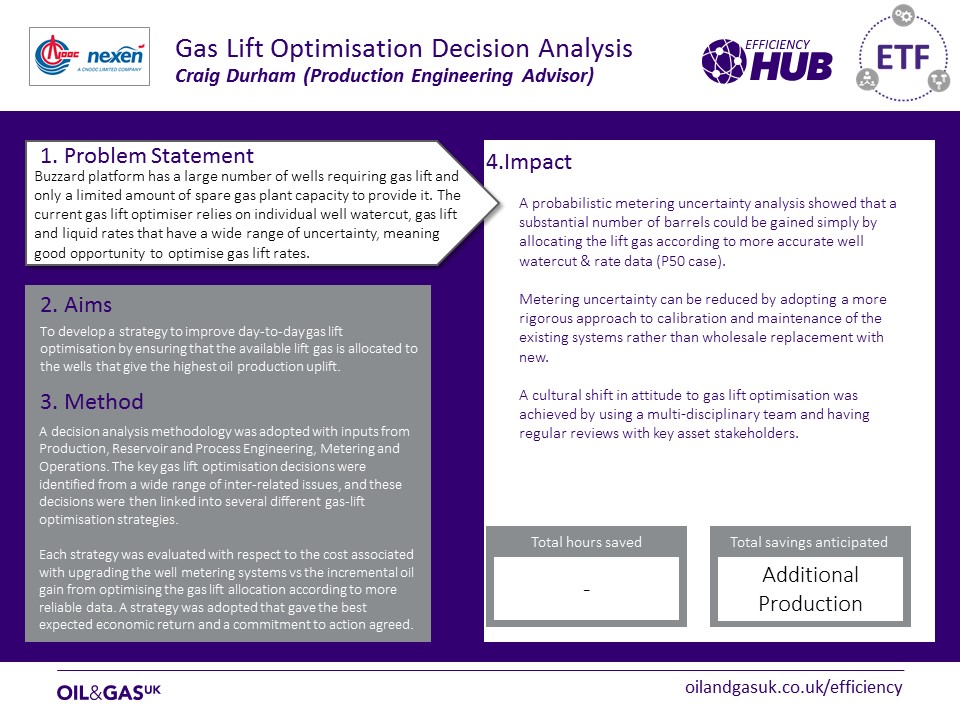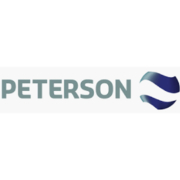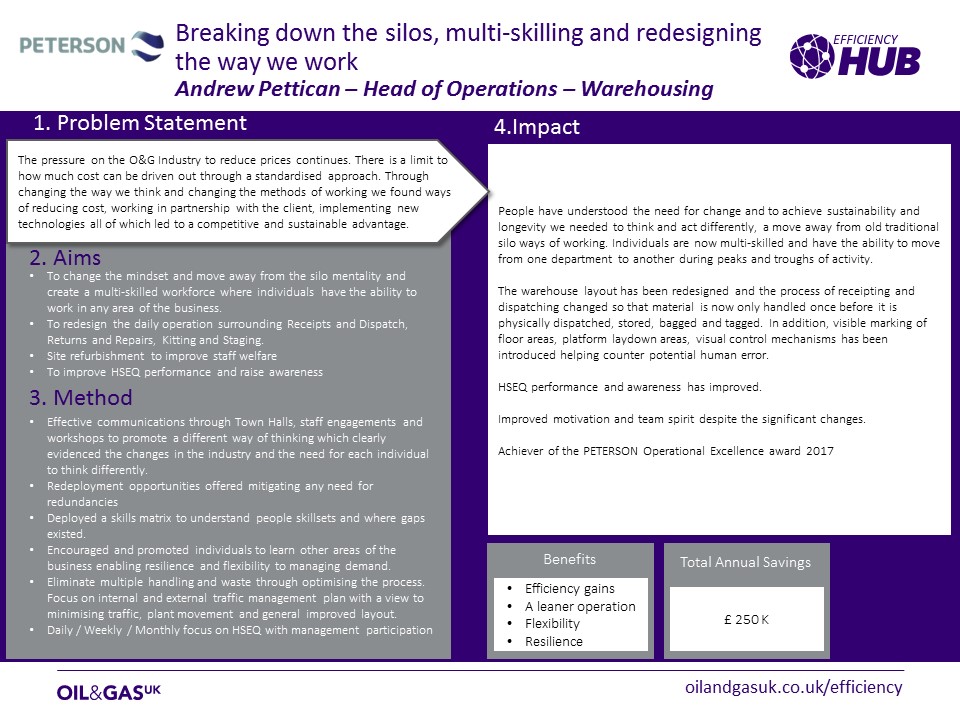RINA – Accelerating First Oil/ Reducing CAPEX Through re use of Mothballed Assets
Problem Statement
IOC challenged to accelerate project first oil and reduce overall project CAPEX. Unclear if mothballed 500t platform deck and 300t jacket could be used instead of a new asset.
Aims
- Allow the reuse of a mothballed asset to avoid costly procurement and increased schedule.
Method
- Reviewed design, construction, fabrication and modification records .
- Performed structural analysis and asset inspection.
- Compared asset health against company spec. Created mitigation plan
Impact
- Mothballed asset recommended fit for proposed use. Customer was able to purchase asset
- Reduced cycle time to procure, install and commission jacket/ platform deck by 60%
- Cost improvement estimated at 65% versus new structure
- Environmental advantages gained from re-using existing infrastructure
Click on the image above to download the case study.

